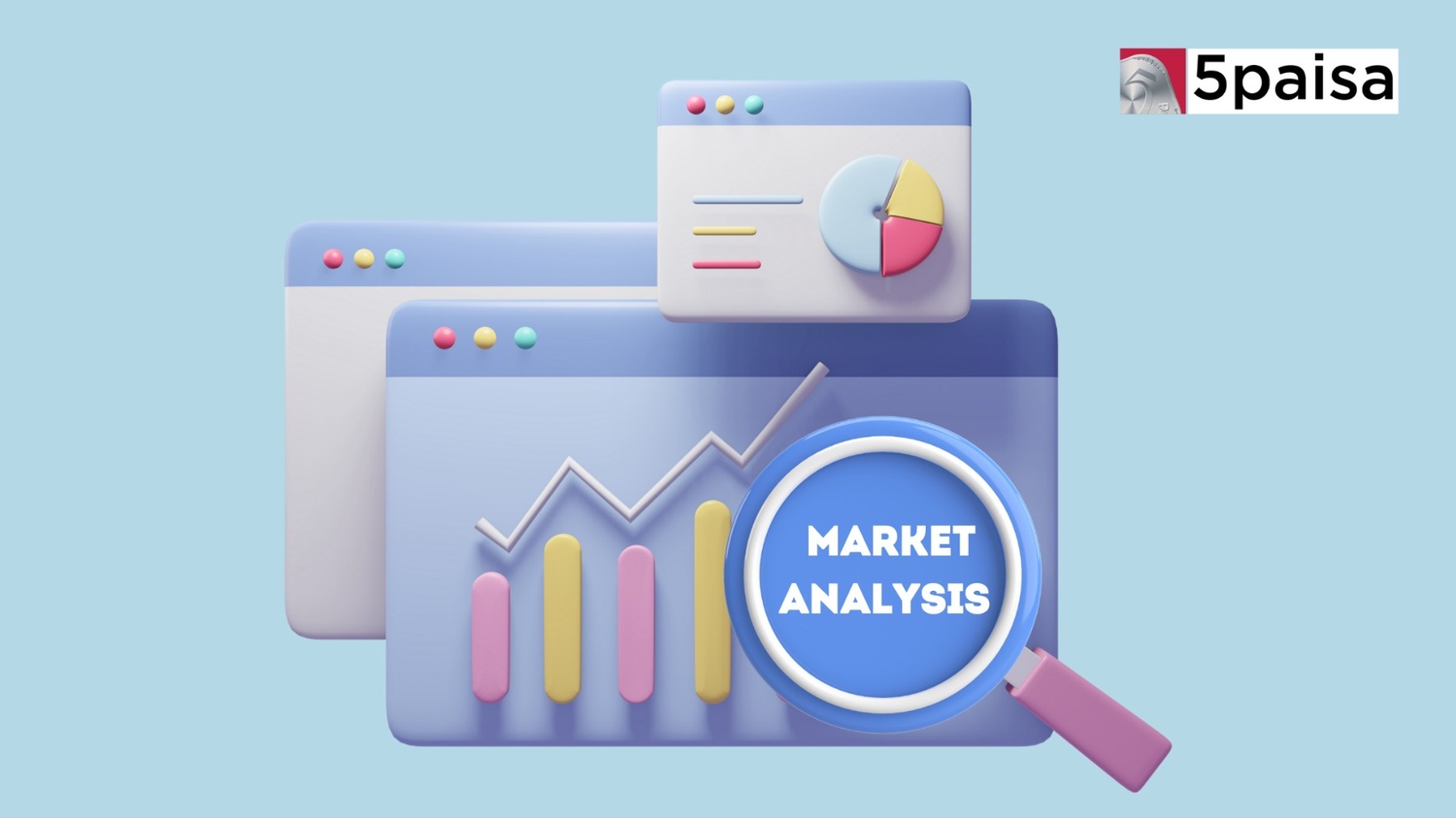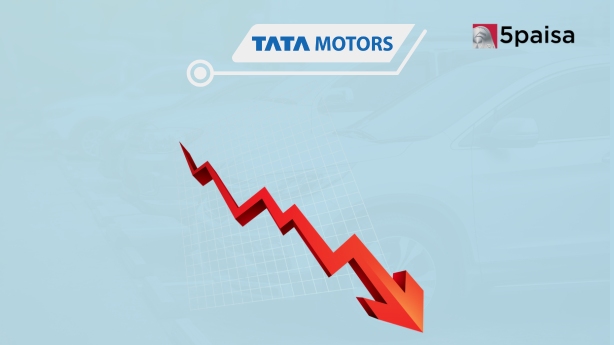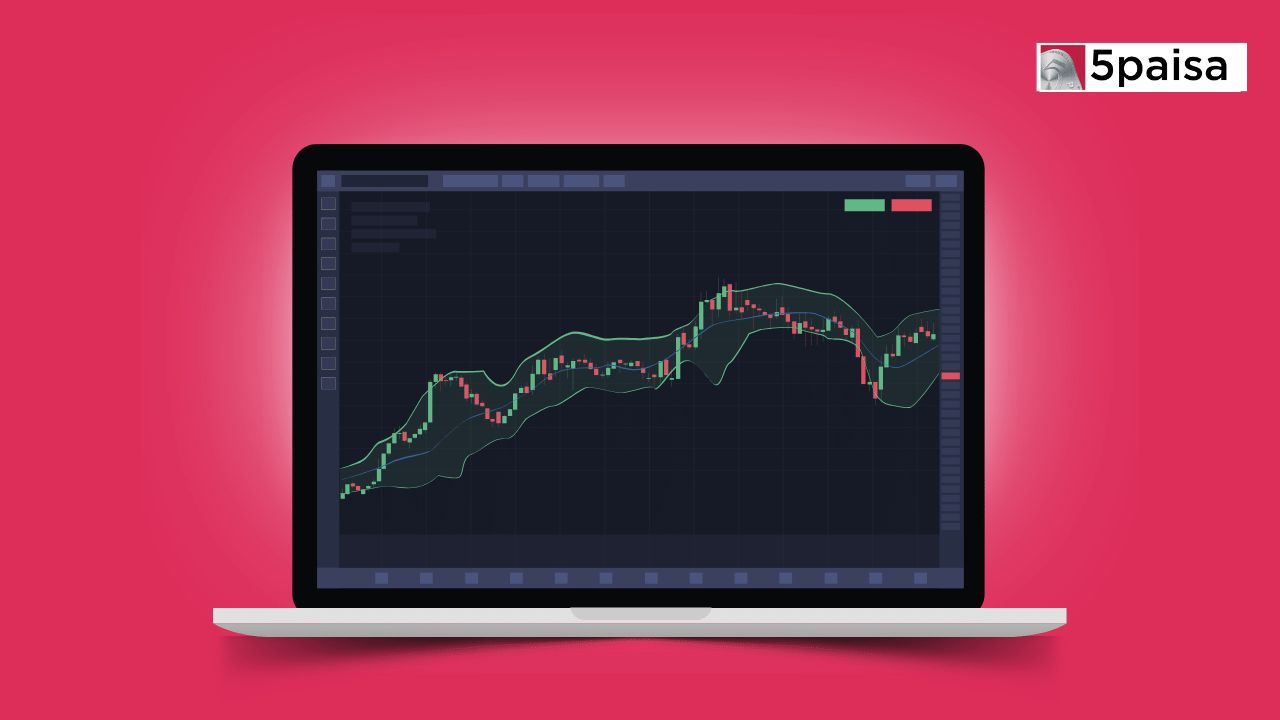iThe current values are delayed, open demat account for live values.
Nifty 8-13 yr G-Sec
Nifty 8-13 yr G-Sec Chart

Constituent Companies
| Company | Market Cap | Market Price | Volume | Sector |
|---|
Nifty 8-13 yr G-Sec Sector Performance
Top Performing
| Sector Name | Percentage Change |
|---|---|
| Ceramic Products | 0.01 |
| Dry cells | 2.46 |
| Real Estate Investment Trusts | 0.52 |
| Paints/Varnish | 0.6 |
Under Performing
| Sector Name | Percentage Change |
|---|---|
| Diamond, Gems and Jewellery | -1.56 |
| IT - Hardware | -0.49 |
| Leather | -0.67 |
| Healthcare | -0.4 |
Nifty 4-8 Yr G-Sec
The Nifty 4-8 Yr G-Sec Index is a specialized index representing Government of India bonds with residual maturities between 4 to 8 years. It focuses on the top three most liquid bonds, selected based on their turnover in the previous month. This index serves as a benchmark for mid-duration government securities, offering a balanced approach to investing with moderate interest rate risk and stable returns.
Using the total return methodology, the index calculates bond prices and accrued interest, providing a comprehensive measure of performance. Regularly reviewed and updated, it ensures that only the most actively traded and liquid securities are part of the index. This makes it an ideal option for investors seeking exposure to high-quality sovereign bonds with minimal credit risk and a stable return profile.
What is the Nifty 4-8 Yr G-Sec Index?
The Nifty 4-8 Yr G-Sec Index represents a selection of Government of India bonds with residual maturities ranging from 4 to 8 years. It includes the top three most liquid securities, selected based on their turnover in the previous month.
This index provides investors with a benchmark to measure the performance of mid-duration government securities. By focusing on liquid securities, the index ensures efficient tracking and trading opportunities for participants, making it ideal for those looking to invest in mid-term sovereign bonds.
How is the Nifty 4-8 Yr G-Sec Index Value Calculated?
The Nifty 4-8 Yr G-Sec Index is calculated using the total return methodology and represents Government of India bonds with residual maturities between 4 to 8 years. Eligible bonds must have an outstanding amount exceeding ₹5,000 crores and exclude special securities like floating rate, inflation-linked, and Sovereign Green Bonds (SGrB).
The top 3 liquid bonds, based on the previous month's turnover, are assigned weights with turnover contributing 40% and outstanding amount contributing 60%. Weights are updated monthly, and bond valuations are sourced from NSE Data and Analytics Limited.
The index composition is reviewed monthly, effective on the last working day of the month. Accrued interest follows the 30/360-day count convention, and prices for real-time and end-of-day index values are sourced from the Clearing Corporation of India Ltd (CCIL).
Nifty 4-8 Yr G-Sec Scrip Selection Criteria
The Nifty 4-8 Yr G-Sec Index undergoes a monthly review to ensure it contains the top 3 liquid bonds based on turnover. Bonds that no longer rank among the top 3 are eligible for replacement, provided new bonds meet the criteria. To be included, a bond must have a residual maturity of more than 4.5 years, must have traded for over 10 days in the month, and its average daily turnover and number of trades must be at least twice that of an existing bond in the index.
If no eligible bond meets these criteria, the current bond remains part of the index. Additionally, if a bond’s residual maturity drops below 4 years, it is excluded from the index. This selection ensures the index represents the most liquid and actively traded bonds, aligning with its performance benchmark.
How does Nifty 4-8 Yr G-Sec work?
The Nifty 4-8 Yr G-Sec Index tracks the performance of Government of India bonds with residual maturities between 4 to 8 years. It selects the top 3 most liquid bonds based on turnover in the previous month, ensuring only the most actively traded securities are included. Weights for each bond in the index are calculated using a combination of turnover (40%) and outstanding amount (60%).
The index is calculated using the total return methodology, which includes both the bond prices and accrued interest. The index composition is reviewed monthly, with any bond dropping below 4 years of maturity being excluded. This index serves as a performance benchmark for investors looking to invest in mid-term government bonds, offering a balance between risk and return with relatively high liquidity.
What are the Benefits of Investing in the Nifty 4-8 Yr G-Sec?
Investing in the Nifty 4-8 Yr G-Sec Index offers several benefits. It provides exposure to high-quality Government of India bonds, which are considered safe and carry minimal credit risk. The focus on bonds with residual maturities between 4 to 8 years strikes a balance between short-term volatility and long-term interest rate risks, offering a moderate duration investment option.
The index includes the most liquid bonds, ensuring ease of entry and exit for investors. Additionally, the total return methodology accounts for both price appreciation and accrued interest, offering a comprehensive measure of returns. This makes it an ideal choice for investors seeking stable returns, capital preservation, and a relatively low-risk way to invest in sovereign bonds.
What is the History of the Nifty 4-8 Yr G-Sec?
The Nifty 4-8 Yr G-Sec Index was launched to provide investors with a benchmark for tracking mid-duration Government of India bonds. It specifically targets bonds with residual maturities between 4 to 8 years, a segment offering a balance between short-term volatility and long-term interest rate risk. The index adopts a transparent selection process, focusing on the top 3 most liquid securities based on monthly turnover.
Initially developed to cater to institutional investors and fund managers, the index has gained popularity for its simplicity and efficiency in tracking government securities. By incorporating both bond price changes and accrued interest using the total return methodology, it has become a valuable tool for passive investors seeking stable and low-risk exposure to Indian sovereign debt. Its regular review process ensures that the most relevant and liquid securities are always part of the index.
Other Indices
| Indices Name | Price | Price Change (% change) |
|---|---|---|
| India VIX | 14.53 | -0.15 (-1.02%) |
| Nifty 10 Yr Benchmark G-Sec | 2477.38 | -3.81 (-0.15%) |
| Nifty 10 Yr Benchmark G-Sec (Clean Price) | 893.06 | -1.58 (-0.18%) |
| Nifty 100 | 23274.05 | -137.35 (-0.59%) |
| Nifty 100 Alpha 30 Index | 16085.8 | -230.85 (-1.41%) |
Faqs
How To Invest in Nifty 4-8 Yr G-Sec Stocks?
You can invest in the Nifty 4-8 Yr G-Sec indirectly through government bond mutual funds or exchange-traded funds (ETFs) that track this index. These funds provide exposure to the bonds included in the index, offering a simple way to invest in government securities with maturities between 4 to 8 years.
What are Nifty 4-8 Yr G-Sec stocks?
The Nifty 4-8 Yr G-Sec Index does not track stocks but rather Government of India bonds with residual maturities between 4 to 8 years. These bonds are sovereign securities issued by the Indian government, providing a relatively low-risk investment option with periodic interest payments. The index includes the top 3 liquid government bonds based on monthly turnover.
Can you trade shares on Nifty 4-8 Yr G-Sec?
No, you cannot trade shares on the Nifty 4-8 Yr G-Sec Index as it tracks government bonds, not stocks. This index represents Government of India bonds with maturities between 4 to 8 years, providing a benchmark for bond investors rather than equity traders.
In which year was the Nifty 4-8 Yr G-Sec Index launched?
The Nifty 4-8 Yr G-Sec Index was launched to provide investors with a benchmark for tracking mid-duration Government of India bonds.
Can we buy Nifty 4-8 Yr G-Sec and sell it tomorrow?
No, you cannot directly buy or sell the Nifty 4-8 Yr G-Sec Index like stocks. However, if you invest through bond mutual funds or ETFs tracking this index, you can sell your units the next day, subject to fund-specific redemption rules and liquidity.
Latest News

- Feb 21, 2025
Indian stock markets ended in the red as key indices faced pressure from auto and financial stocks. The Sensex fell 424 points to close at 75,311, while the Nifty slipped 117 points to end at 22,795. The sell-off was led by the auto sector, which tanked 2.5% following reports of a potential reduction in import duties on EVs.

- Feb 21, 2025
The ownership structure of India Inc. is experiencing a significant transformation, with foreign portfolio investors (FPIs) reaching their lowest stake in NSE-listed companies in 13 years. In contrast, domestic mutual funds (MFs) and retail investors are making substantial gains.

- Feb 21, 2025
Amid reports of senior executives departing Tata Motors Ltd. ahead of its planned demerger, the company’s stock faced significant selling pressure during Friday’s early trading session. Tata Motors' share price opened lower at ₹686 per share on the NSE and quickly dropped to an intraday low of ₹673.30 within the first hour of trading.

- Feb 21, 2025
Regulated entities must cultivate the necessary capabilities to adapt to and adhere to evolving regulations, stated Rajeshwar Rao, deputy governor of the Reserve Bank of India (RBI), on February 21. As financial institutions increasingly adopt artificial intelligence (AI), cloud computing, and API-driven finance, the demand for strong governance frameworks and risk management strategies has never been more critical, he noted.
Latest Blogs
Introduction to Ashish Kacholia Ashish Kacholia's financial journey began in the 1990s. He gained valuable experience at firms like Prime Securities and Edelweiss before founding Lucky Securities in 1995. In 1999, he co-founded Hungama Digital with Rakesh Jhunjhunwala, showcasing his ability to spot emerging trends.
- Oct 10, 2025

Navigating the numerous banking options in India is essential for individuals and businesses alike. The best banks in India go beyond traditional banking, offering a wide array of financial services that play a crucial role in the country's economic stability. From innovative digital banking solutions to comprehensive investment and loan offerings, these famous banks in India serve as reliable financial partners.
- Apr 14, 2025


Nifty Prediction for 24th February Another weak day for the NIFTY as it falls 0.6% and closes marginally below 22800. Auto stocks corrected sharply on concerns over a new EV policy that could increase competition. M&M was the top loser at -6%. TATAMOTORS also corrected 2.5%. ADANIPORTS AND WIPRO were among the other top losers. On the other hand, HINDALCO, SBILIFE AND TATASTEEL bucked the trend and were up 2-2.5%. ADR was weak at 0.3 and indicates a broadbased correction.
- Feb 21, 2025
